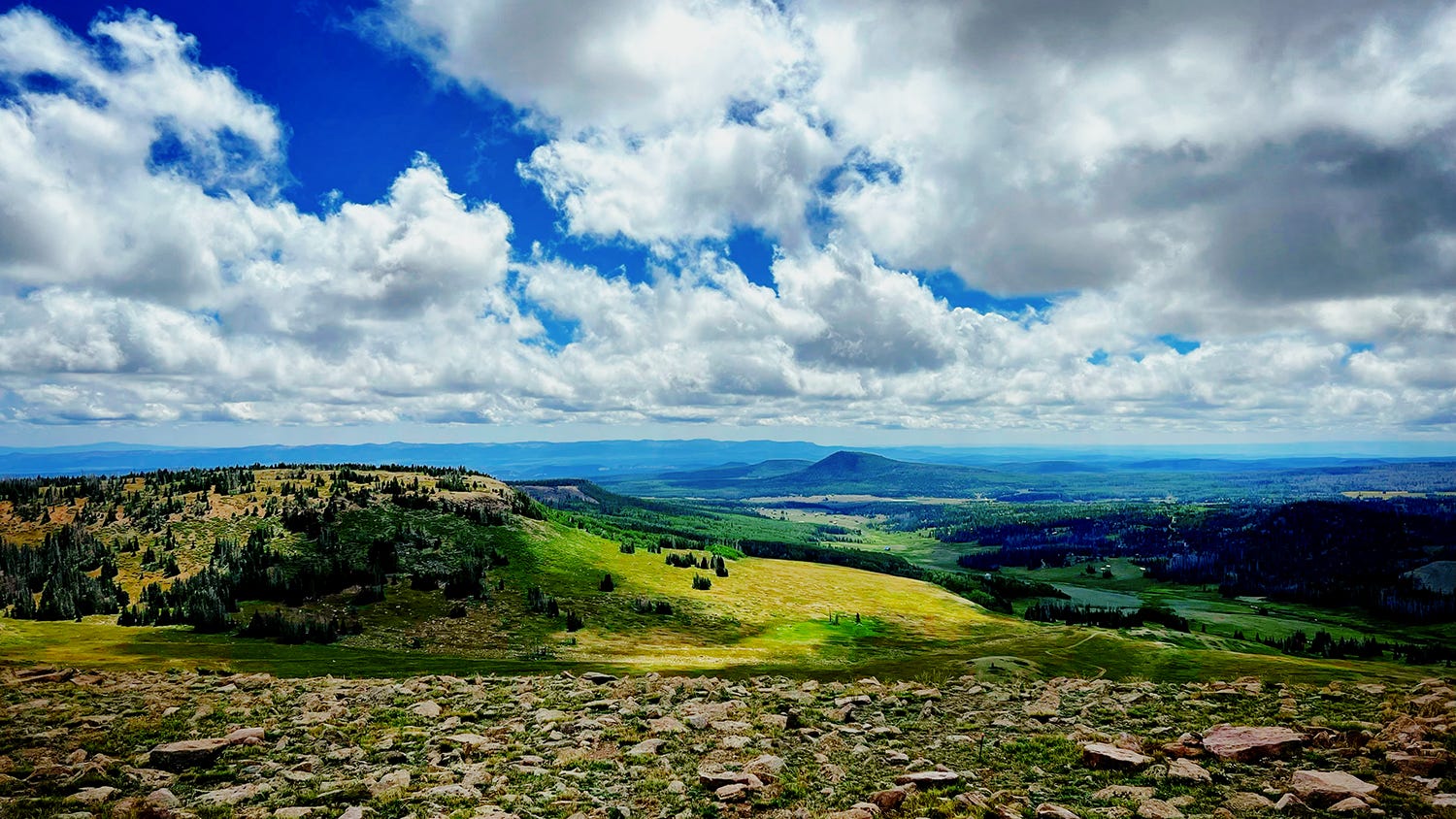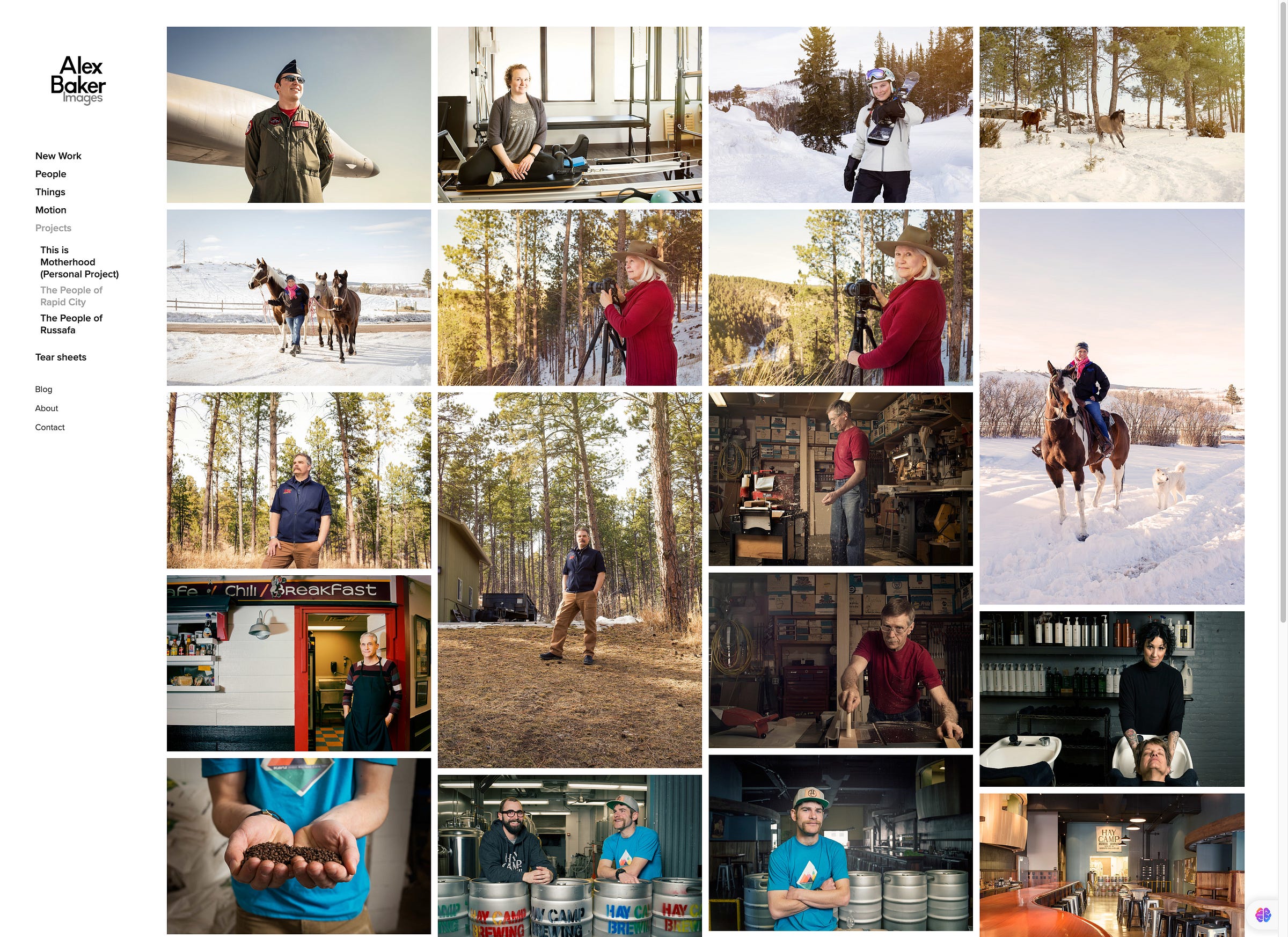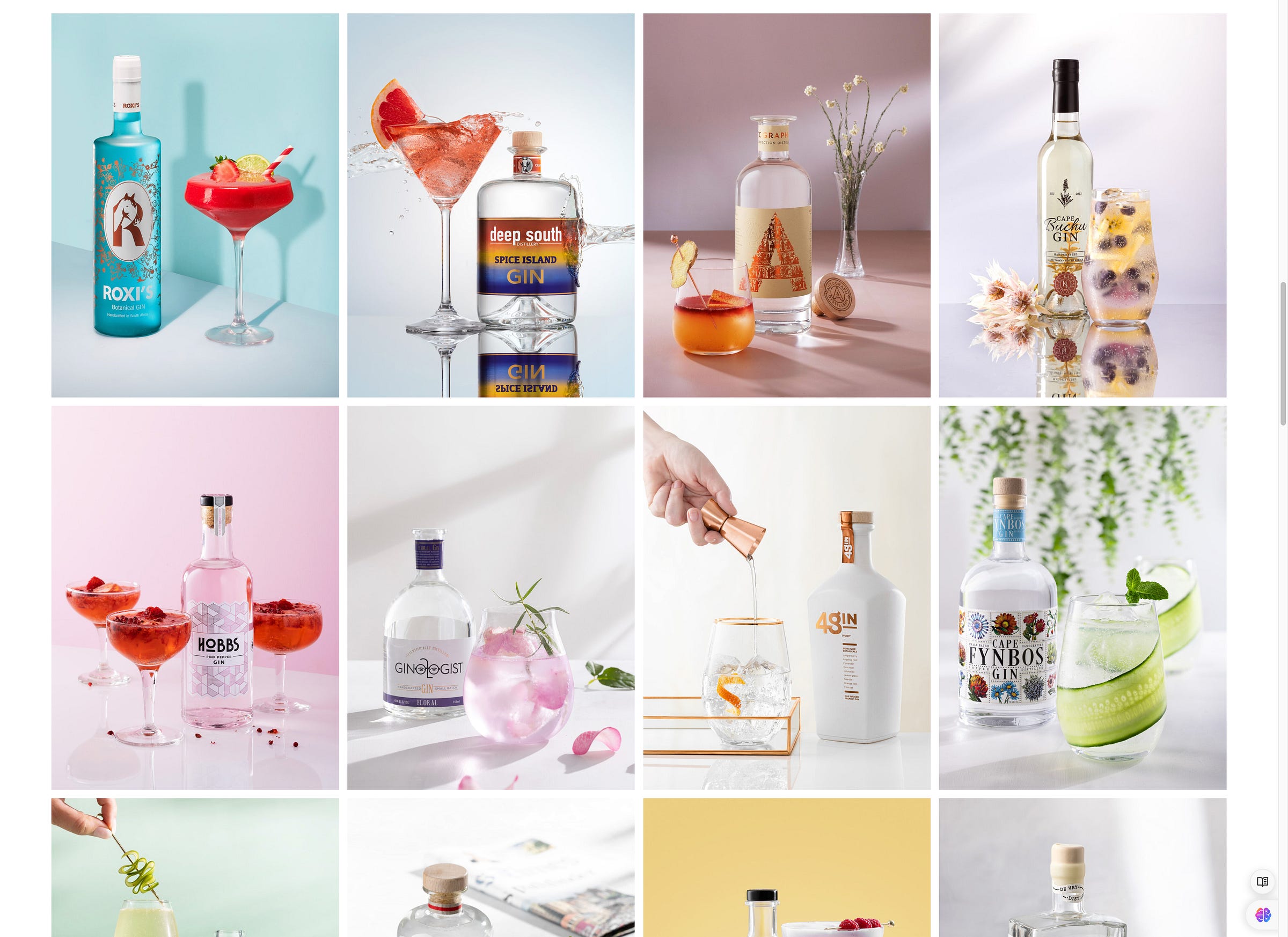Welcome to Sunday.
I love Sundays. I love every day.
Enjoy them while you got them.
I also love personal projects.
Photography assignments I give myself in order to explore subjects using some sort of parameter.
I have done projects on the desert southwest, the mountains of Colorado, two-lane motorcycle roads in the northwest, and Sonoran Desert cacti.
I am currently working on a book about the early desert dwellers in my area.
People who escaped the city and made a home deep in the desert enclaves, only to be surrounded by condos, cul-de-sacs, and Walmarts.
I prefer this sort of thematic approach.
I tell me students to put a box around the idea.
For instance, notice how much the context changes as we niche it down.
Project: Old Cars
Project: Old Cars of the 70s and 80s
Project: Old Cars of the 70s and 80s in Albuquerque
Project: Old Cars of the 70s and 80s in Albuquerque turned into low-riders
Project: Old Cars of the 70s and 80s in Albuquerque turned into low-riders who are vets.
In each successive project, the parameters tighten. And the project goes from wide open (old cars) to a specific subset of a subset of old cars.
Do you see how the more you encapsulate the context, the more powerful the outcome can be?
It tightens down the presentation, giving the viewer a very detailed explanation of what they are going to see.
A curated set of images with more and more relationships to each other.
Wild horses vs wild horses of the Wind River Range, Wyoming.
Chefs vs 5-star chefs of Cincinnati.
Portraits vs portraits of people I graduated with 30 years ago.
People vs WWII vets.
“The two most engaging powers of a photograph are to make new things familiar and familiar things new.”
– William Thackeray
These are clarifying considerations that help the viewer understand the focus of the work a little more and put their own context on top of it.
Here are three examples from my former students.
Alex Baker, (Spain), spent a few weeks in Rapid City, North Dakota. While there, she created a terrific project by approaching strangers, meeting family friends, and wandering the town looking for people to photograph.
The final edit turned out superbly and showed her storytelling ability in full force.
Ligia Cuevas Johnson, (Lexington, KY), works on personal projects whenever she has the opportunity. From a book about young immigrants, “Vulnerable Dreamers” to the Kentucky Derby, The Derby, she creates challenges and shoots until the magic is released.
I have both of these books and recommend them to anyone who loves great black and white photography.
Carla McMahon, (South Africa), began shooting Gin for our P52 classes and mentorship group. She located new and boutique gin distillers in her part of South Africa and what developed was a book, The Gin Book.
Filled with beautiful still-life photography, and the favorite recipes of the distillers themselves, this book will keep you smiling every time you open it up to find a new flavor. My copy is a treasured volume in my library.
Photographer Wesley Verhoeve does a lot of personal projects. He’s right here on Substack, so you can watch the parts come together and perhaps be inspired. While you are there, pick up a copy of his book, Noticed. You won’t be disappointed.
“Photography is about finding out what can happen in the frame. When you put four edges around some facts, you change those facts.”
– Garry Winogrand
Don’t Overthink It
Finding a reason, concept, or story for your personal project can be a nightmare if you overthink it. Just look at what you love to do, or something you are interested in, and think about how you could put a little box around it to give context.
Here are some ideas to help you decide what to do for your first, or second, personal project.
Define Your Core Theme
What subject or concept fascinates you the most right now?
This will serve as the backbone of your project. While some projects can cover a wide range of imagery, try to find something that could be covered in a shorter amount of time.
Presentation
Decide how you want to present your project. Will it be an online gallery, a published photobook, or an exhibition?
The presentation method can greatly affect the way your story is perceived.
A Unique Perspective
How can you approach this theme in a way that hasn’t been seen before?
Your unique perspective is what will make your project stand out. Think about unconventional angles, untold stories, or new image techniques.
Research and Planning
Will you need to do any research to do this project?
This could involve reading books, scouting locations, interviewing subjects, or studying other photographers who may have tackled similar themes.
Storyboard or Conceptual Sketches
Organize your ideas visually. Whether it’s a traditional storyboard with sketches or a concept map with keywords and arrows, visual planning helps align your narrative. I use Milanote and good old-fashioned paper notebooks to create reminders of ideas I want to include.
Technical Preparation
What technical skills or equipment do you need to execute your vision?
This might mean experimenting with different lenses, lighting techniques, or post-processing styles. Make sure you have the tools to bring your vision to life but don’t use it as an excuse for Rapid Onset Gear Acquisition Syndrome.
Execution
Start shooting, even if your concept isn’t fully fleshed out. The act of shooting can stimulate and inspire you, as well as become a test bed for your initial concept.
The goal is to create a cohesive series of images that tell a compelling story, and the more fodder you have, the more possibilities exist.
And leave a little room for the out-of-left-field images that can present themselves.
Feedback and Refinement
Who can provide constructive feedback on your ongoing project?
Show your work to mentors, peers, or a trusted group of creative friends. Use their feedback to refine and push your project further.
And whether your project ends up as a portfolio page, a gallery show, a book, or something completely different, you will be better for completing it.
Personal projects are the catalysts to keeping our work and our vision fresh, sharp, and at the ready.
“When I photograph, what I’m really doing is seeking answers to things.”
– Wynn Bullock
The summer brings longer days, more extra shooting time, more opportunities to travel, and possibly a bit more free time.
We usually feel like Tater Tots on a cookie sheet under the broiler, here in the desert, so a project or two can keep us feeling productive. Olive oil gets in your hair… dang.
What projects are you working on this summer?
I will be sharing my process here as well, so let’s jam together.
See you next time.
The biggest challenge for photographers today is not negotiating skills, lighting, choosing which camera to switch from for their next YouTube video rant, or even marketing.
It’s the simple act of finding clients.
Some paths were tried and true, and continued to work all through the 2000s, 20teens, and then… Pandemic bullshit broke those paths into slivers of unicorn dust, never (possibly) to be seen again.
One of my close friends was a photographer’s representative and a good one. She told me that today she wouldn’t even know where to turn with most of the clients she worked with.
Agencies are hard to get into for a lot of reasons.
The centralized system of client acquisition is simply not working today. Well, it may be for a chosen few, but if you are trying to grow your business without a powerful group of clients, it is extremely hard.
The promise of social media is really a siren’s call for endless content creation. Again and again and again.
Get on that treadmill, and it is hard to stop.
Posting photographs on Instagram, Facebook, and even Twitter can seem like a long slow slog when there is no traction, no feedback, and no engagement.
Oh, it can still work, but it is going to take some heroic efforts on your part.
And while there is nothing wrong with heroic effort, we also need something expedient, measurable, and cash-flow-creating while we are working our super-hero magic here.
You can’t post enough to move the needle.
You can’t write enough blog articles to move the needle.
Tikking and Tokking your way to the madhouse ain’t moving no needle, either.
You have to understand the changes in the market, the changes in the needs of clients, and the fundamental tsunami of change that has swept across this industry faster than high-speed sync on butterfly wings.
This is serious stuff.
If you are finding yourself stuck, or have reached a point of stagnation in fees, we have to look at what is causing the problem.
Just starting out and find yourself stuck at $60K or so? You need to make some highly focused client outreaches.
Finding more clients—higher-paying clients—is the best way to grow.
I will have more on this, but if you want to check it out early - go to this page for a full rundown of the sprint.
When you are ready, here is how I can help you succeed.
Group Mentorship: a small group of photographers who meet to show images, work on their portfolio, and build their businesses with help from a wonderful group. Lifetime membership for one fee.
One-on-one Mentorship: You and me - working together in an intense 6-month push to get you on the way to over $30K in additional revenue. The work we lay down will help you increase and scale your business for years ahead.









I love this process you share. It's great I believe as a way to produce thematic books and marketable essays for publication. I love this.
What I find, though, is that when students go into the world at the start (emphasize: "at the start") with a "box" around their planning, the world before them becomes a binary mash of "1's" and "0's". Meaning, is it a car, or not a car? If it's not a car, they move on and potentially lose many phenomenal moments of discovering non-cars. Which may be just fine if the assignment is to photograph only cars. But if the goal is to discover then drill down, it's a limiting approach.
A way to avoid this, in my limited experience, is to go out and shoot shoot shoot what moves you. As you cull and edit, you will then see themes that your unconscious eye has discovered which you can then box in and explore in deep fashion.
I may be needlessly threading a semantic needle here, and I don't think any of this is mutually exclusive to your process, but in teaching writing I saw too many students target a subject too early in the planning process and miss out on greater possibilities. They imposed what they already thought they wanted and didn't give their own subconscious imaginations the space to do its thing.
Absolutely right on target. I am working on improving my product portfolio with the new images every day, with the must mounding products that we use every day. From shoes, shampoo, and cleaners like Pine Sol. Still working on it. I
Am still working on the Architectural portfolio. Thanks for mentioned Vulnerable, and Derby.
Thanks Don for always inspiring. Li